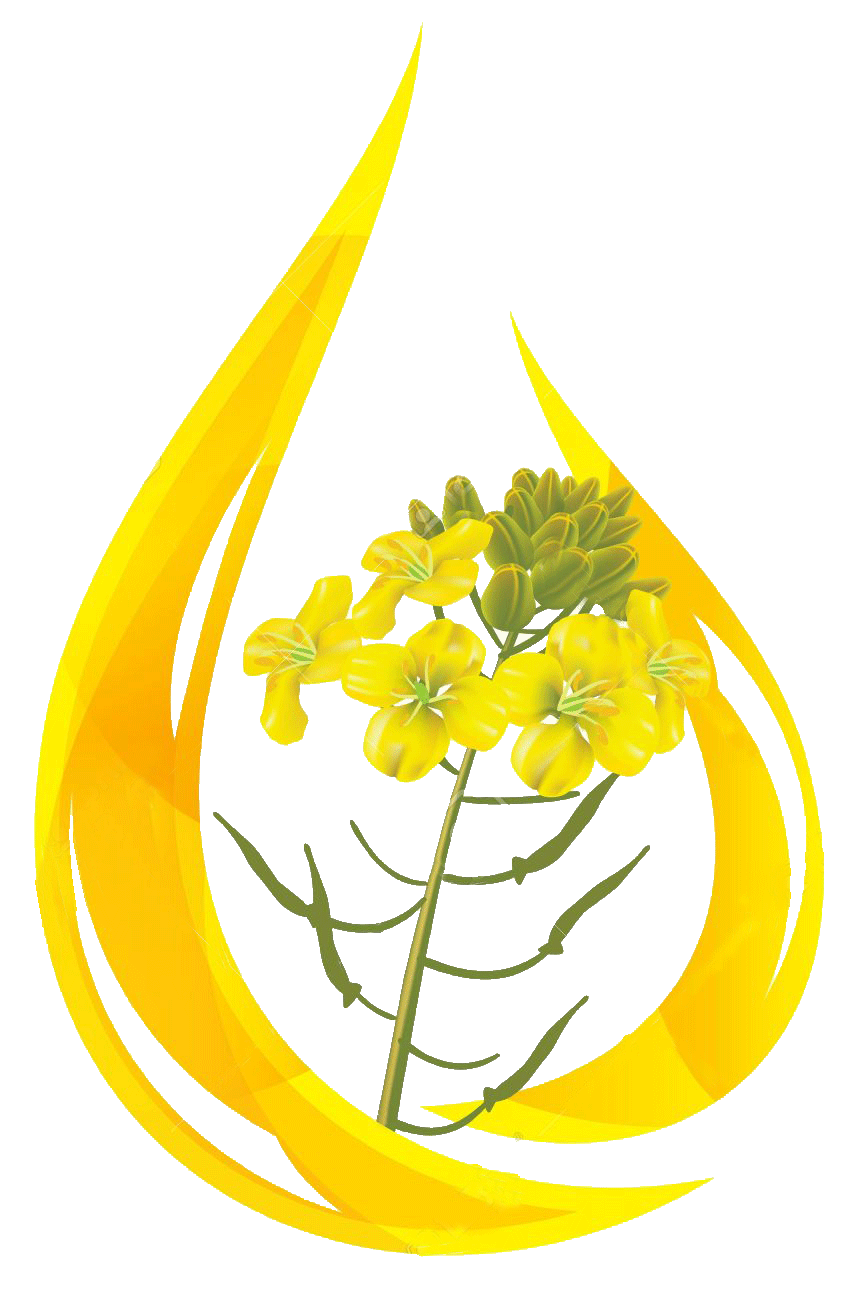- Oil is good source of energy; 1 gm Oil = 9 Calorie of energy
- Oils are needed for absorption and mobilization of fat soluble vitamin such as vitamin A, D, E, K and fat soluble ingredients. In absence of oil these vitamins cannot be utilized by our body.
- Vegetable oils are the only source of Essential Fatty Acids for the body. Essential Fatty Acids (EFA) are the precursors of a group of chemically related compound called as prostaglandins that are synthesized in body from EFA.
- Prostaglandins play a key role in regulating many physiological processes in the body.
- Oil also play a vital role in maintaining healthy skin, insulating body organs against shock, maintaining body temperature & promoting healthy cell functions.
- So, after knowing all these important facts of oil in our body, it seems that living without oil is not possible.
- WHICH AMONG THE THREE DOES MUSTARD OIL CONTAIN?
-
Mustard oil contains antioxidants, which prevent disorders like atherosclerosis, dementia, skin disorders, arthritis and neurological disorders
- WHICH OF THE FOLLOWING MEDICAL PROPERTIES DOES MUSTARD OIL NOT HAVE?
-
Although mustard oil has numerous health benefits, it does not contain anti-allergic properties. Its health benefits include its use as a stimulator (of blood circulation, digestion and excretion) and its anti-fungal and anti–bacterial properties; it also boosts appetite, aids in muscle growth and provides relief from artritis and rheumatism.
- WHAT DOES STRONG PUNGENCY OF MUSTARD OIL'S SMELL INDICATE?
-
The charateristic pungent smell of mustard oil is due to the allyl isothiocyanate. Just the way professional perfumers use coffee beans to revive their sense of smell, a deep whiff of mustard oil does the same for home chefs and cooks.
- WHICH VARIETY OF MUSTARD OIL IS ACTUALLY KACCHI GHANI?
-
Kacchi Ghani refers to the process of cold-pressed extraction of oil from mustard seeds. Traditionally, a wooden cold press is used with the help of cows to extract the oil. Seeds are crushed at a low temperature, so the oil's natural properties and antioxidants are retained in the process.
- WHICH SENSE DOES MUSTARD OIL USUALLY REVIVE?
-
The charateristic pungent smell of mustard oil is due to the allyl isothiocyanate. Just the way professional perfumers use coffee beans to revive their sense of smell, a deep whiff of mustard oil does the same for home chefs and cooks.
- WHICH OIL IS BEST SUITED FOR DEEP FRYING?
-
Mustard oil boasts of a high smoking point, which means it retains its nutritional values at high temperatures, making it the most ideal oil choice for deep frying, a common practice in every day Indian cooking.
- WHICH ONE OF THESE DOES MUSTARD OIL HAVE THE MOST OF?
-
Polyunsaturated fats (PUFAs) contain very little cholestrol and can decrease the risk of heart diseases. PUFAs also contain fatty acids that your body cannot produce; omega-6 and omega-3.
- WHICH OIL IS IDEAL FOR MAKING PICKLES?
-
Mustard oil is ideal for preparing pickels due to its anti-bacterial properties which aids in its preservation. Its sharp and pungent taste and smell makes it the perfect choice for making pickles.
- IN WHICH COUNTRY, APART FROM INDIA, IS MUSTARD OIL OFTEN USED FOR COOKING?
-
Even though the second half of the 20th century saw a recedence in the oil's usage, it is still deeply embedded in the cultures of North & East India, Bangladesh, Pakistan and Nepal. Moreover, it isn't necessarily only used for cooking; it is used in wedding traditions, cosmetics, lighting earthen lamps and much more.


